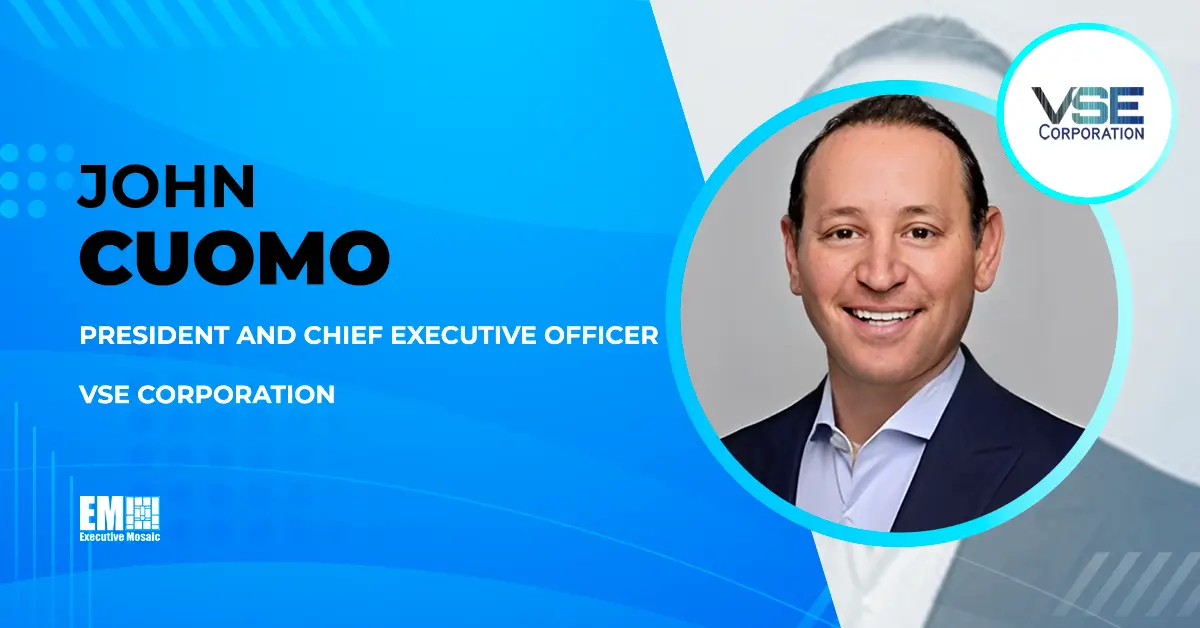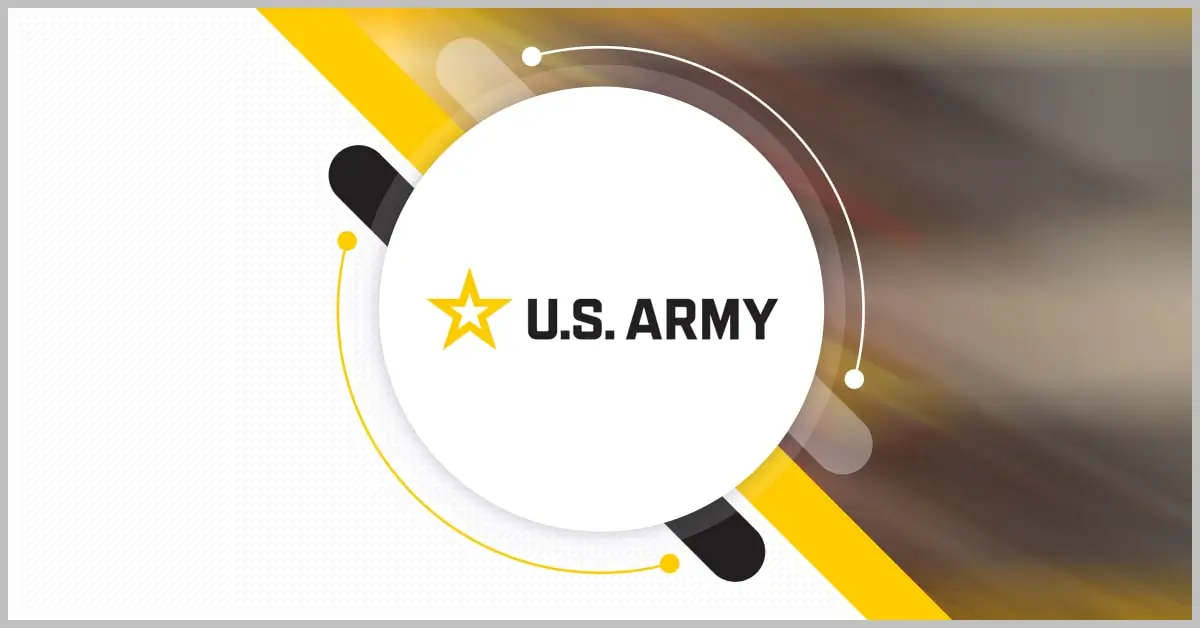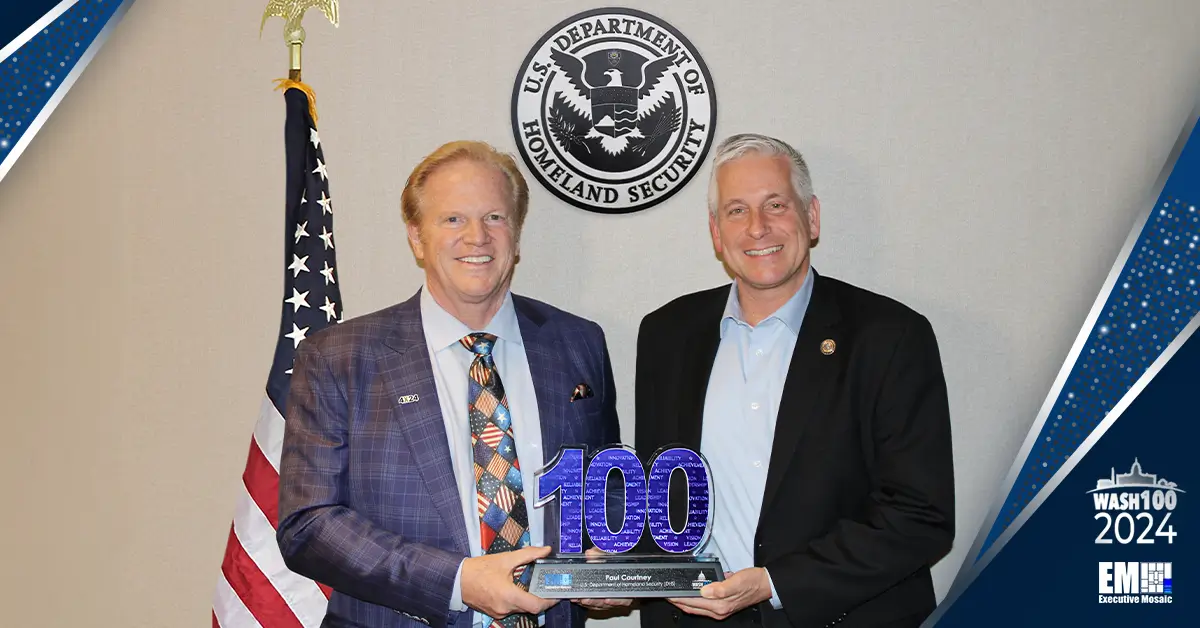As modernization efforts sweep all areas of the federal government, obstacles previously hidden within legacy acquisition processes have revealed themselves, illuminating the need for a more productive approach.
The public sector has acknowledged the demand for innovative new methods, and in a climate where industry technology is more influential than ever, the General Services Administration’s work to support agencies with acquisitions has taken on a prominent role in the government contracting field.
GSA representatives who convened Tuesday for a panel discussion at GovCon Wire’s 2023 Government Technology and Acquisition Forum said building an environment that empowers collaboration between stakeholders is key to revitalizing the acquisition process – and this endeavor is already underway.
“In a nutshell, we are evolving from strictly enhancing traditional customer experience to building a complete ecosystem that beautifies touch points between customers, suppliers, employees and digital users by using real-time feedback and data to make decisions and create consistent experiences,” said Tricia Sieveke, principal deputy assistant commissioner within the Information Technology Category of the Federal Acquisition Service.
Engagement with fellow government agencies is one aspect of building an interactive acquisition space, said Brittney Chappell, director of the Office of Acquisition for the GSA’s Technology Transformation Services department.
“Too often, agencies stay in their own bubble. We have a tendency to do that because we’re overloaded with work,” she said.
Chappell added that her goal is to ensure that TTS is “reaching across the aisle” to share best practices for acquisitions. Doing so, she said, requires the use of innovative tools that can promote internal and external collaboration.
Jennifer Rostami, director of the Centers of Excellence at the GSA, emphasized that there are many challenges that may arise during the modernization process. One step can uncover the need for other necessary actions when upgrading a large system, she said.
Handling these challenges, said Rostami, calls for the expertise of professionals in a variety of subject areas, which the COE can bring to a project. Working alongside outside partners is also important when guiding the initiative, she said.
“COE is an ecosystem. It is the web of relationships between customers, employees and industry,” she added.
Chappell noted that COE already has a strong partner relationship with TTS.
Sieveke said that ITC is beginning to view industry engagement as an “ongoing and critical business function” and working to infuse it throughout the acquisition lifecycle.
“We too have a rich tapestry of stakeholders to consider when doing anything, so we are constantly doing outreach and getting in front of as many groups as we can,” she said.
“To do our job successfully, we need industry partners not just to be aware of or on board with what we are doing, but we need their expertise and their insight into what will or what won’t work for them,” Sieveke elaborated.
Chappell underscored the importance of communicating with industry and noted that when dealing with federal acquisitions, partners share the same goal of government support.
“We want to make sure that we are communicating with you all in an efficient, clear and effective way to get the best possible product or solution for what we are trying to acquire. When we say partnership, we really mean it,” she said.

Acquisitions are the backbone of any federal technology initiative, and in the realm of cyber, the rapid deployment of cutting-edge technologies is incredibly important. On June 8, the Potomac Officers Club will host its 2023 Cyber Summit, during which experts in the field will deliver vibrant speeches and participate in rigorous panel discussions regarding the evolving domain. To learn more and register to attend the event, click here.







